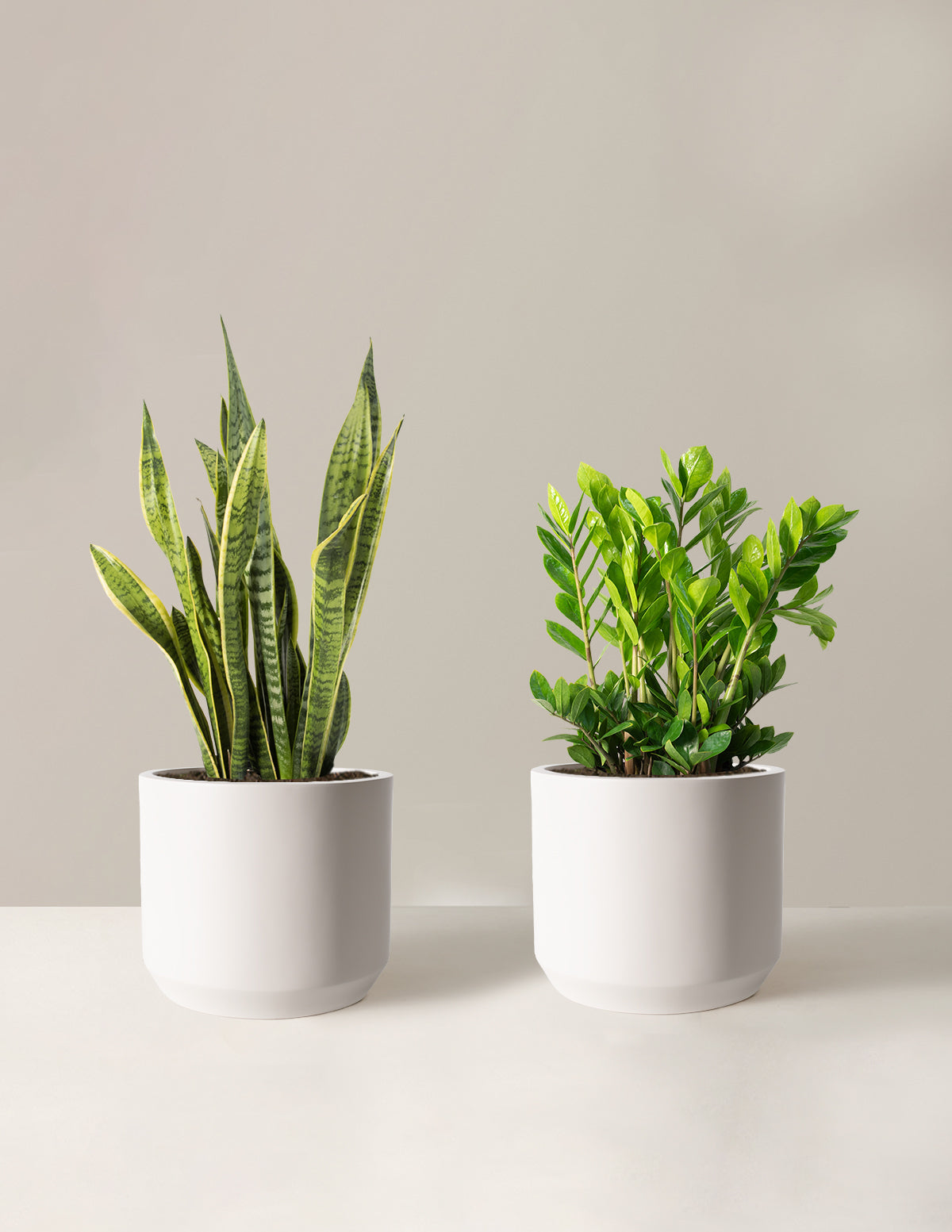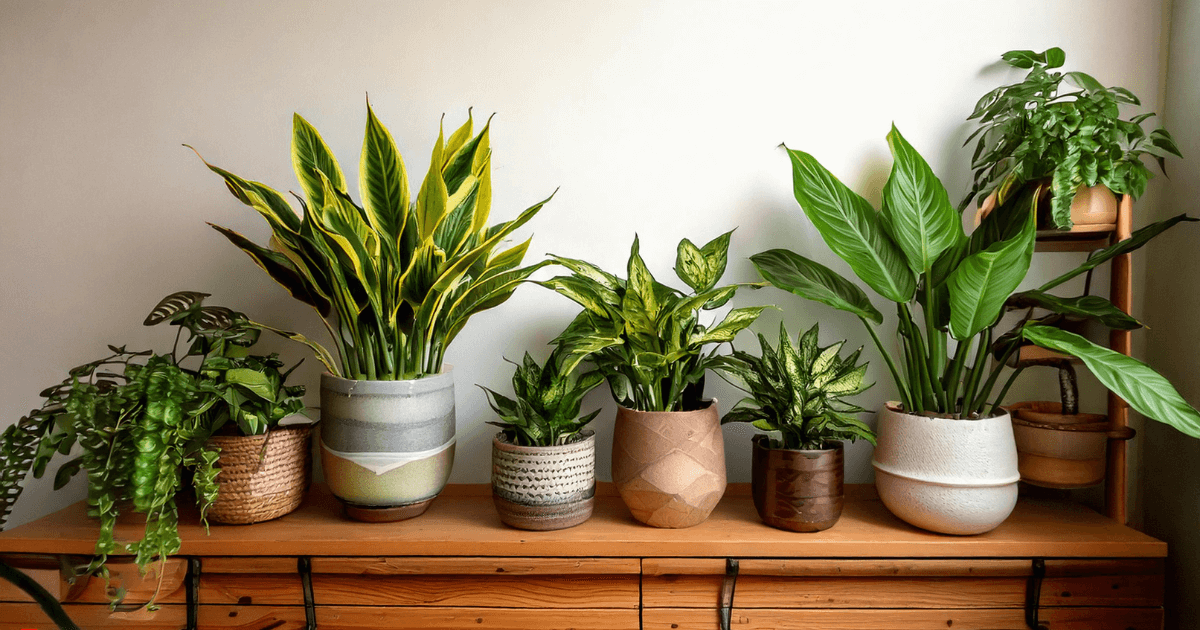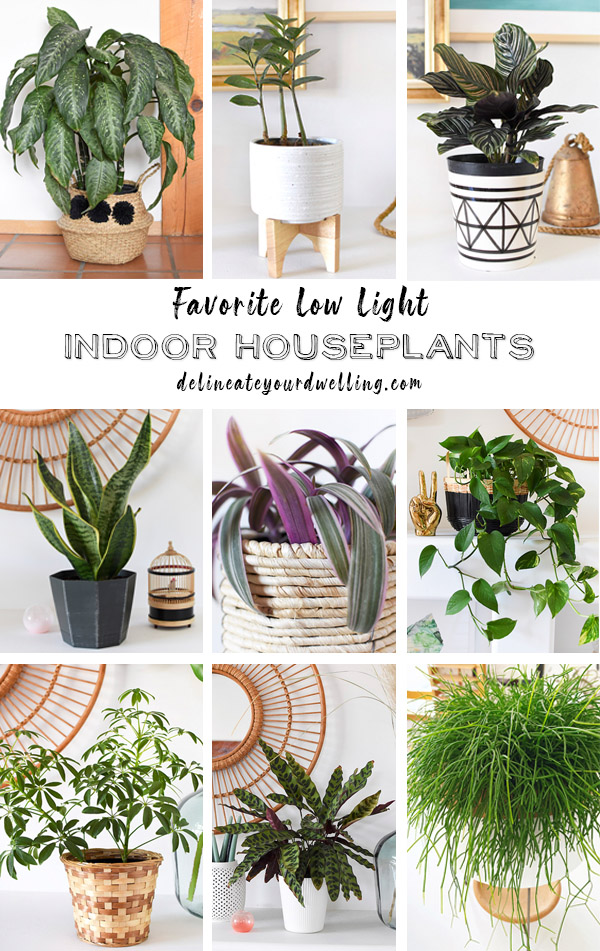Explore the Best Low-Light Indoor Plants for Easy and Stylish Home Decor
Discover the Secrets of Low-Light Indoor Plants and How They Enhance Your Atmosphere
Low-light interior plants have actually garnered raising interest for their one-of-a-kind capability to boost both aesthetic charm and ecological quality within offices and homes. These resilient species, including the Serpent Plant and Tranquility Lily, not only grow in challenging lighting conditions but likewise play a pivotal function in air filtration and psychological health.
Advantages of Low-Light Indoor Plants
Although many individuals think that interior plants need abundant sunshine to thrive, low-light indoor plants provide a wide range of benefits that make them perfect for numerous settings. Among the main advantages is their flexibility; they can grow precede with limited natural light, such as workplaces, basements, or rooms with little windows. This attribute allows individuals to improve their surroundings with plant, adding to boosted appearances without the need for substantial lights modifications.
In addition, low-light indoor plants can considerably boost indoor air top quality by launching and filtering system harmful toxins oxygen, making living areas healthier. Study has actually revealed that specific ranges can absorb pollutants, hence advertising a cleaner atmosphere. Furthermore, they can boost mental well-being by reducing stress and anxiety and boosting efficiency. The presence of plants has been connected to better feelings of peace and focus.
Moreover, low-light plants frequently call for less maintenance than their sun-loving equivalents, making them suitable for busy individuals or those new to horticulture. Their strength allows them to love marginal treatment, therefore offering a rewarding experience for plant lovers and newbies alike. In recap, low-light interior plants offer both visual and practical objectives, making them beneficial additions to any type of space.
Leading Low-Light Plant Ranges
Low-light indoor plants come in a selection of varieties, each offering special characteristics and advantages fit for dark settings. Amongst one of the most preferred varieties is the Snake Plant (Sansevieria), understood for its air-purifying capacities and architectural fallen leaves. This resilient plant grows on disregard and can tolerate a wide variety of light conditions.
One more excellent selection is the ZZ Plant (Zamioculcas zamiifolia), which includes shiny, dark environment-friendly fallen leaves and is extremely drought-tolerant. Its adaptability makes it a favored for workplaces and homes with restricted sunlight.
The Pothos (Epipremnum aureum) is likewise a top competitor, with its trailing creeping plants and heart-shaped leaves - Best low-light indoor plants. This flexible plant can be trained to climb or cascade, adding aesthetic interest to any space

Treatment Tips for Low-Light Plants
Looking after low-light indoor plants needs a nuanced understanding of their details demands to ensure optimum development and vigor. It is essential to pick the appropriate potting mix, as a well-draining dirt is vital to stop origin rot. A blend created for houseplants, usually consisting of peat moss and perlite, works well for a lot of low-light selections.
Watering is one more vital element of care. Low-light plants normally need much less regular watering contrasted to their sun-loving counterparts.
Fertilizing must be approached with caution. Throughout the expanding period, a diluted fluid plant food can be applied monthly, yet in winter season, many low-light plants get in inactivity and call for little to no fertilizing.
Last but not least, it's vital to occasionally clean up the fallen leaves to eliminate dirt, enabling for far better light absorption. By adhering to these treatment pointers, you can grow a successful atmosphere for your low-light indoor plants, boosting both their look and longevity.
Enhancing Air Top Quality With Plants
Indoor plants play a considerable function in enhancing air quality within homes and office. Via the process of photosynthesis, these plants take in co2 and release oxygen, contributing to a much healthier environment. In addition, certain low-light interior plants have the capability to filter unsafe contaminants, such as formaldehyde, trichloroethylene, and benzene, which are commonly located in interior environments.

In addition, the visibility of indoor plants can enhance humidity levels, which helps alleviate dry skin and respiratory system issues, further improving total wellness. This capability to improve air quality not only advertises physical health and wellness however also supports psychological health.
Including low-light interior plants into your living and functioning areas can lead to an extra stimulating and vivid atmosphere (Best low-light indoor plants). Purchasing these all-natural air purifiers is an easy yet reliable technique for enhancing indoor air quality and fostering a much healthier lifestyle
Developing a Serene Indoor Space
The integration of plants into living rooms not just enhances air quality yet also adds to a serene atmosphere. Low-light indoor plants, such as snake plants and pothos, are particularly effective in developing a tranquil atmosphere, as they flourish in conditions that might or else be unwelcoming for various other plant. Their lush vegetation supplies a relaxing visual, minimizing stress and advertising relaxation.
Incorporating these plants right into your home or workplace can evoke a feeling of peace and wellness. Tactically putting them in areas where you invest substantial time, such as living spaces or offices, permits an immersive experience with nature, which has been shown to enhance state of mind and cognitive function.
Furthermore, the mild movement of fallen leaves in feedback to airflow can create a vibrant visual element that boosts the overall setting. Think about utilizing a variety of plant elevations and textures to add deepness and interest to your area. With thoughtful placement and treatment, low-light indoor plants can change any type of location into a serene refuge, promoting not just aesthetic satisfaction yet additionally psychological and emotional health.

Verdict
Integrating low-light interior plants right into numerous settings returns substantial advantages, consisting of improved air top click here to read quality and enhanced aesthetic allure. These hardy species not just grow in minimal light but additionally contribute to a soothing environment, advertising psychological and psychological wellness. By selecting proper ranges and executing proper care methods, people can effectively cultivate a calm indoor area that fosters health and performance. The transformative power of low-light plants underscores their value in enhancing both job-related and residential settings.
Although lots of people assume that interior plants require bountiful sunlight to grow, low-light interior plants supply a plethora of benefits that make them excellent for different atmospheres.Additionally, low-light interior plants can substantially boost interior air top quality by filtering damaging contaminants and launching oxygen, making living rooms healthier. Furthermore, specific low-light interior plants possess the capability to filter hazardous toxins, such as benzene, formaldehyde, and trichloroethylene, which are typically discovered in interior settings.
Low-light interior plants, such as snake plants and pothos, are especially Learn More Here reliable in developing a peaceful environment, as they thrive in conditions that might otherwise be inhospitable for other plant.Including low-light indoor plants into various atmospheres returns considerable benefits, including enhanced air high quality and improved aesthetic charm.